The Vietnam Manufacturing Purchasing Managers' Index (PMI) reached 52.4 points in August 2024, down slightly from 54.7 points in July but still recording a strong improvement in business conditions.
 |
| The growth rate of the manufacturing industry in the last months of the year is forecast to continue to be positive. |
On the morning of September 4, S&P Global released the Vietnam Manufacturing Purchasing Managers' Index (PMI) report.
The report pointed out three important highlights: output and new orders continued to rise; inflationary pressures eased and employment fell for the first time in three months.
Specifically, the Vietnam manufacturing PMI in August 2024 reached 52.4 points, down from 54.7 points in July but still showing a strong improvement in business conditions in the middle of the third quarter.
"Vietnamese manufacturers continued to report increases in output and new orders at the midpoint of the third quarter. Although growth in each of these indicators slowed from July's near-record levels, the pace of expansion was still strong, leading to the largest increase in purchasing activity in more than two years. However, on a less positive note, employment fell for the first time in three months," S&P Global's report said.
The improvement in the health of the manufacturing sector fueled higher output and new orders.
Improved customer demand led to a rise in new orders, and firms increased output accordingly. In some cases, relative price stability helped firms secure new orders. This was coupled with an improvement in international demand, which led to a fifth consecutive month of growth in new export orders.
Relative price stability was also reflected in input cost and selling price data. Some manufacturers reported increases in raw material prices, but the pace of price increases slowed amid competitive pressures. Meanwhile, lower oil prices reduced transportation costs in some cases.
A sharp rise in new orders and easing cost pressures prompted manufacturers to increase purchasing activity sharply in August. Notably, the rate of increase accelerated for the fourth consecutive month and was the quickest since May 2022.
Another positive move is that purchased inputs are often used directly for production, thereby causing purchased inventories to continue to decline.
Finished goods inventories also decrease as finished product inventories are shipped to customers to meet order requirements.
In contrast to purchasing activity, manufacturers reduced employment for the first time in three months as layoffs and temporary terminations emerged. The fall in the workforce came at a time of rising new orders, causing backlogs of work to rise further in August.
Supplier delivery times shortened for the third consecutive month, although the reduction was small amid some reports of international shipment delays. Manufacturers remain optimistic that output will increase next year, with expectations of continued improvement in customer demand and rising new orders.
"Vietnam's manufacturing sector saw output and new orders grow more slowly than the exceptionally high levels recorded in June and July, but this slowdown is not a cause for concern," said Andrew Harker, chief economist at S&P Global Market Intelligence.
However, one issue companies are facing is a reduction in employment, which is making it harder to complete projects and increasing the amount of work that is not done. Employment is expected to increase again in the coming months.
"On a more positive note, inflation, with both input costs and output prices rising much more slowly in August, is believed to have been a contributing factor to the sustained increase in new orders. Overall, the manufacturing sector continued to enjoy a strong second half of the year, although there is still much work to be done," said Andrew Harker.
Source: https://baodautu.vn/san-luong-va-don-hang-moi-tiep-tuc-cai-thien-d223979.html










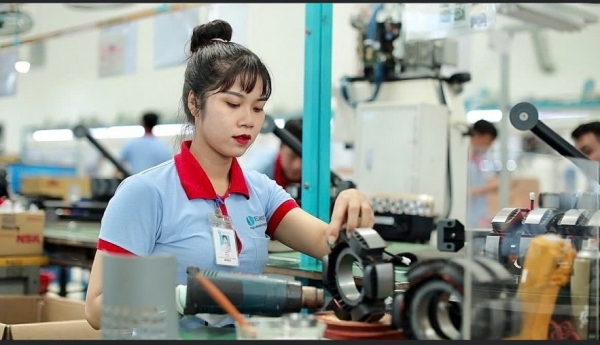


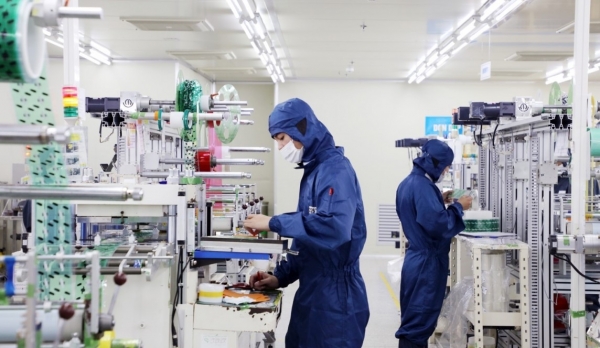

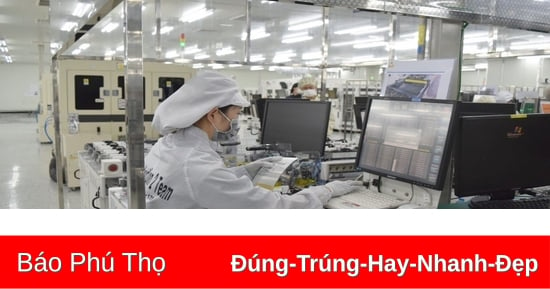
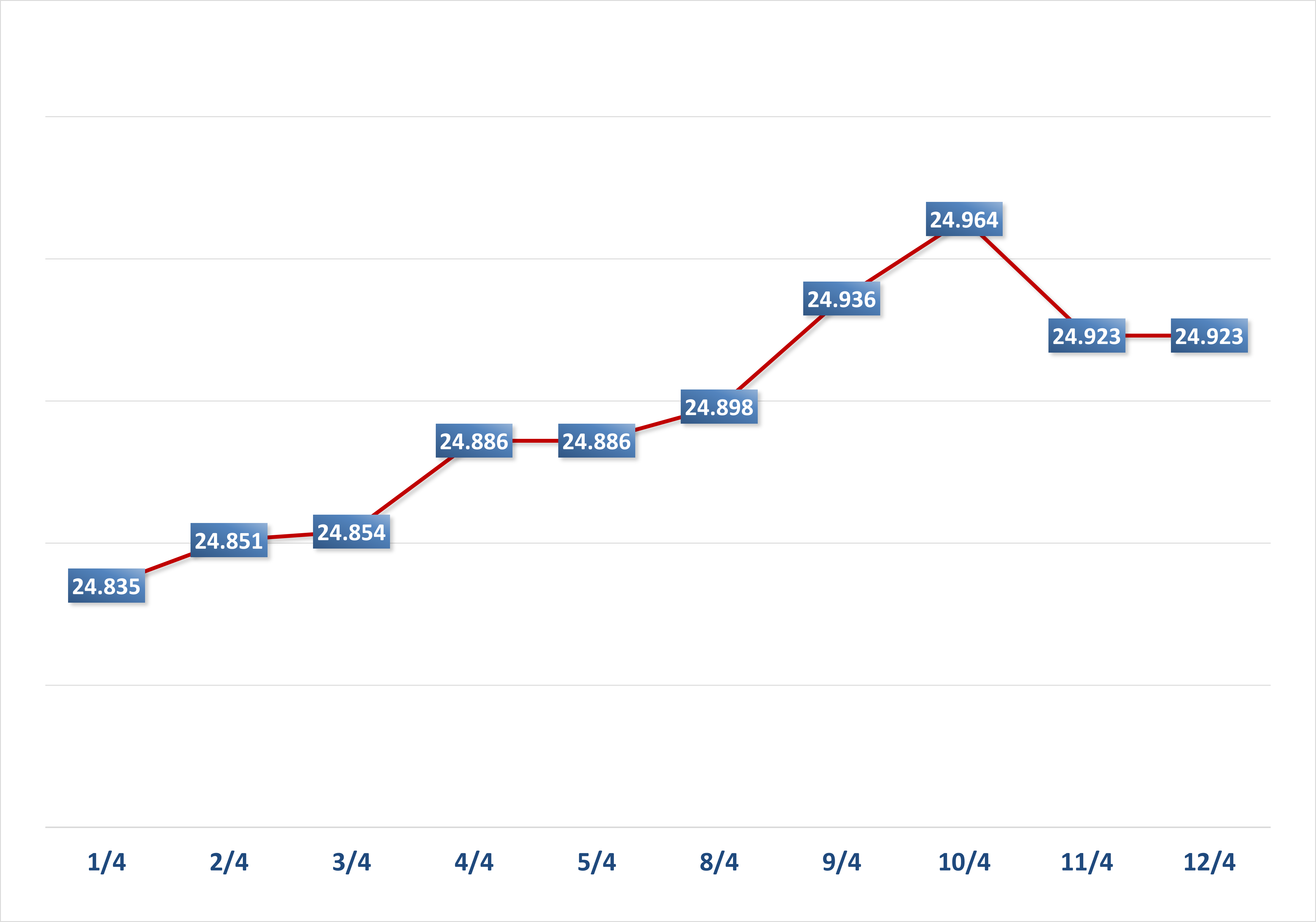















![[Photo] "Beauties" participate in the parade rehearsal at Bien Hoa airport](https://vstatic.vietnam.vn/vietnam/resource/IMAGE/2025/4/11/155502af3384431e918de0e2e585d13a)








































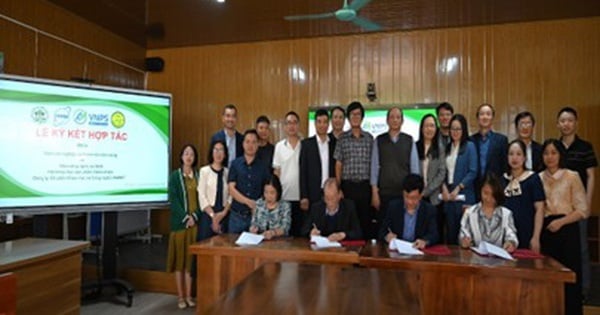



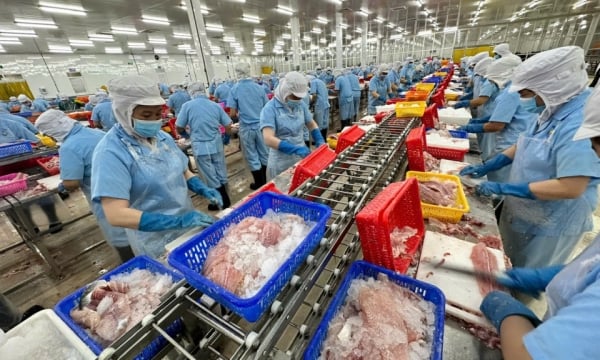






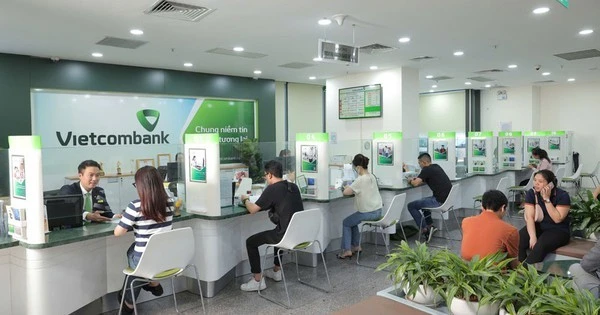










Comment (0)